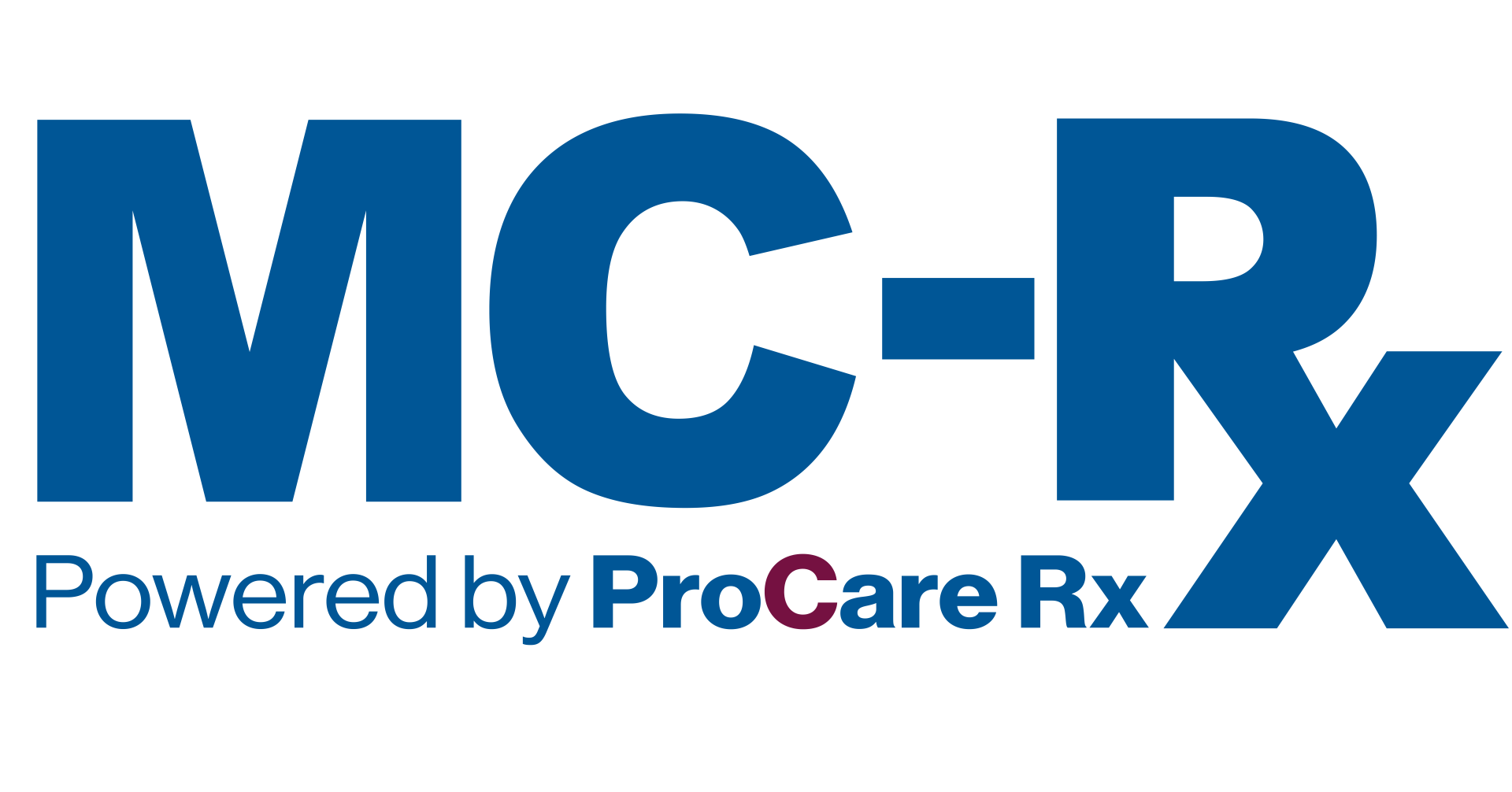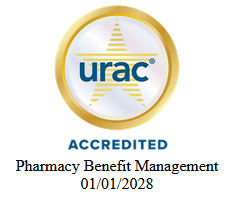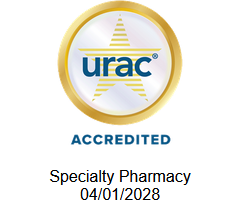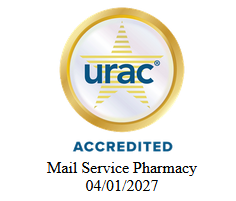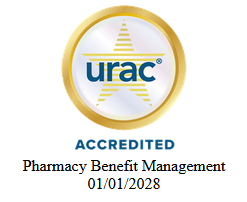What is RSV?
Respiratory Syncytial Virus (RSV) is an acute virus in the lungs that may lead to severe disease.

Respiratory Syncytial Virus (RSV) is a common virus that causes an acute illness in the lungs and may lead to severe disease in people with weakened immune systems. This virus is known as the leading cause of bronchiolitis, or inflammation in the lungs, and pneumonia in children less than one year in the United States1 – it may, however, affect older adults as well. The virus is transmitted through close personal contact or mucus droplets to the lower part of the lungs causing inflammation, which may result in difficulty breathing.
When is RSV season?
RSV season usually begins in late fall and runs through early spring. This year, RSV activity has increased in the United States after the mandated use of masks and physical distancing was suspended2. As a result, hospitalization rates of both children and older adults have increased due to RSV infection.
What are the symptoms?
Symptoms of RSV usually include1, 3:
- Congested or runny nose
- Dry cough
- Decreased appetite
- Low-grade fever
- Sneezing
- Sore throat
- Wheezing
- Irritability in Children
Though most people tend to have mild, cold-like symptoms, severe cases of RSV may cause:
- Pneumonia
- Difficulty breathing
- Lack of oxygen
- Worsening of respiratory conditions [Asthma, Chronic Obstructive Pulmonary Disease (COPD) or Congestive Heart Failure (CHF)]
People who are infected with RSV become contagious one or two days before demonstrating symptoms and are usually contagious for three to eight days.
How do I prevent RSV infection?
Similar to the flu virus, RSV is transmitted through close contact with sick people and contaminated surfaces. Steps taken to prevent the spread of RSV include1:
- Wearing a mask
- Covering your mouth and nose when coughing or sneezing with a tissue or upper shirt sleeve
- Washing your hands often with soap and water, or hand sanitizer when soap and water is not available
- Avoiding close contact with sick individuals
- Cleaning frequently touched surfaces such as doorknobs, tables, and mobile devices constantly
What are the treatment options for Infants?
Treatment of RSV is based on the direct management of symptoms which includes hydration, respiratory support, and frequent monitoring of the disease’s status.
The only approved therapy for the prevention of RSV is Palivizumab whose brand name is Synagis®. However, this treatment is only available for premature infants.
Other therapies include inhaled bronchodilators, inhaled hypertonic saline, and corticosteroids. Corticosteroids are not routinely recommended for symptom treatment unless the RSV infection has triggered a worsening of the existing lung disorder in older children and adults4.
What are the treatment options for Adults?
For adults with a higher risk of RSV infection, including those with chronic heart and lung disease, those with weakened immune systems, and the elderly (65 years of age and older), there is no approved therapy for prevention or treatment of RSV. Patients who have been hospitalized due to RSV infection are treated with oxygen and fluids for hydration to manage their symptoms. Other therapies that may be used include bronchodilators and corticosteroids.
Although there are few treatment options for RSV infection, studies to develop vaccines and medications are ongoing. The approval of these drugs will help lower RSV infection and healthcare costs in the community.



